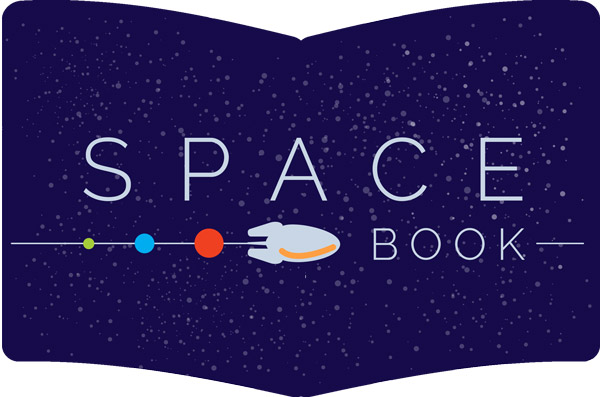Astronomers' view of the night sky improved dramatically as soon as photography technology developed enough to allow telescopes to take photographs of the sky.

John W. Draper
In 1840, John W. Draper became the first person to photograph a celestial object when he took a daguerrotype image of the Moon. As his technique improved, Draper captured more detail of craters and other features on the moon's surface. It quickly became clear that photography would revolutionize astronomy. Astronomers began to use photographs to collect precise records of the position, brightness, spectra and features of celestial objects, and no longer had to rely on their hand-drawn sketches and log notes. The first daguerrotypes and photographs were not very sensitive and were complicated to use. In the early 1870s, Richard Leach Maddox developed a new photographic medium made with a dry gelatin, cadmium bromide and silver nitrate preparation on glass plates. Eventually as the technology improved, these glass plates could be made more sensitive, and inexpensively.

View of the Moon by John Adams Whipple, 1852
In 1880 John W. Draper's son Henry Draper used this new dry plate technology to make a 51 minute exposure of the Orion Nebula, which was essentially the first deep sky astrophoto.

Orion Nebula photo by Henry Draper, 1880
